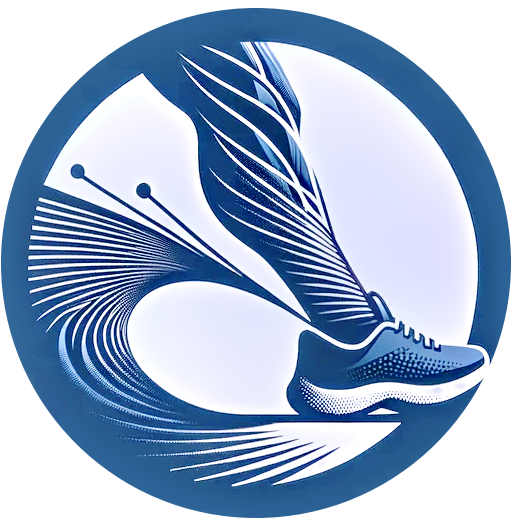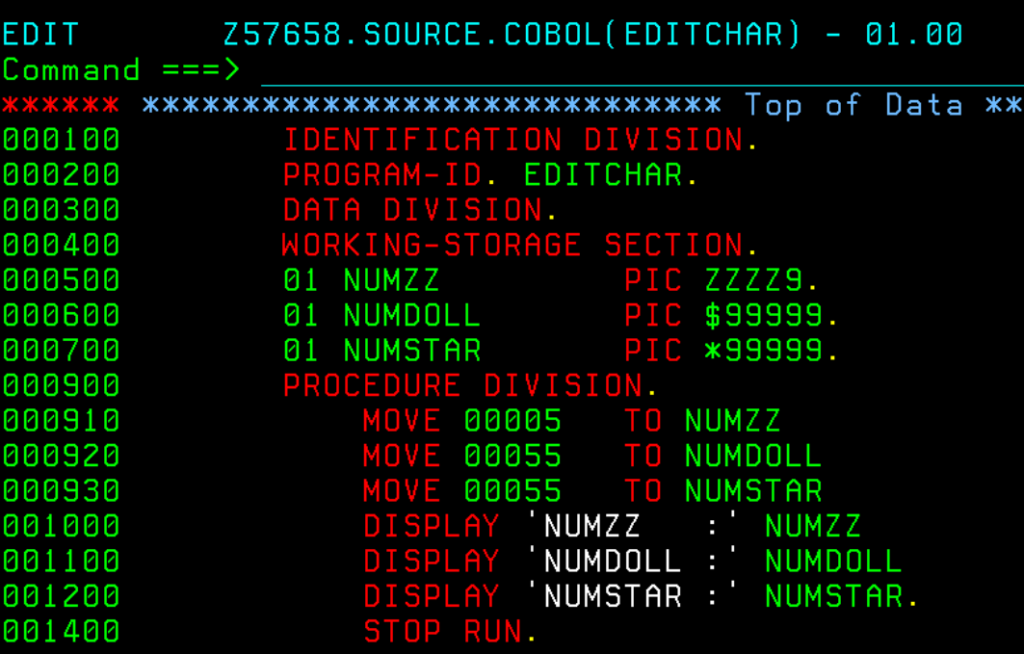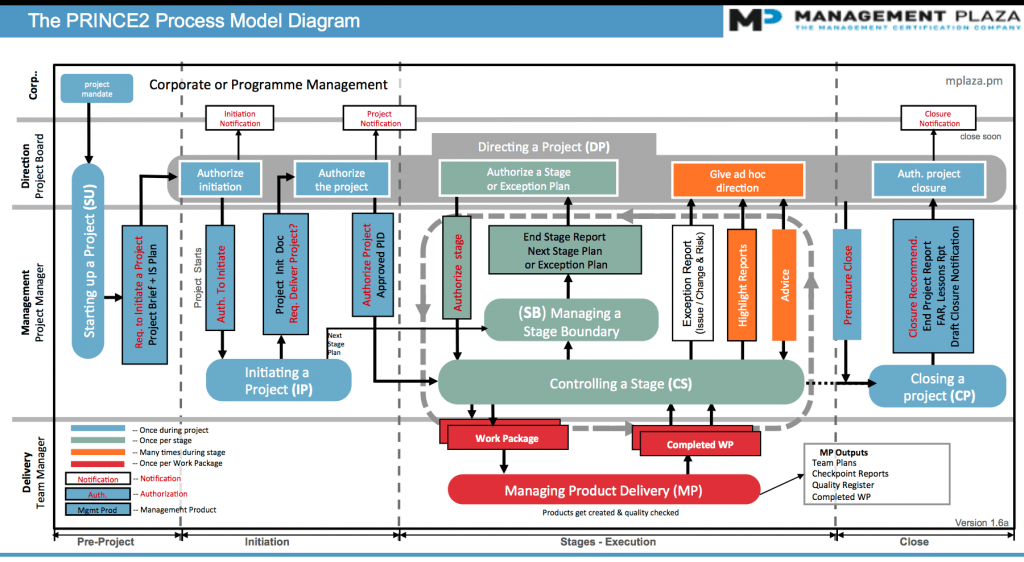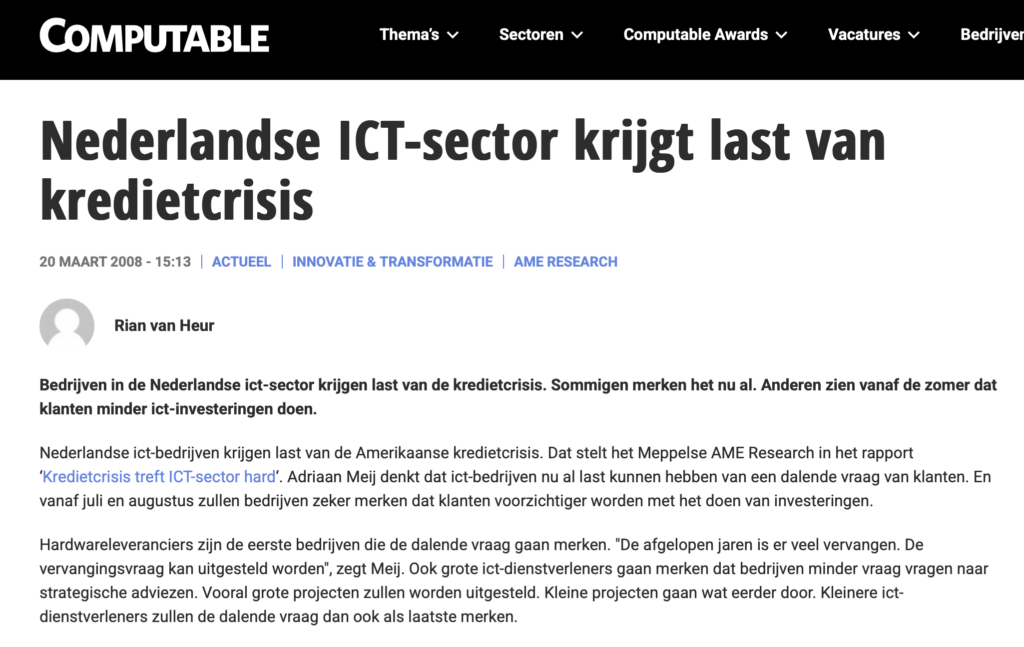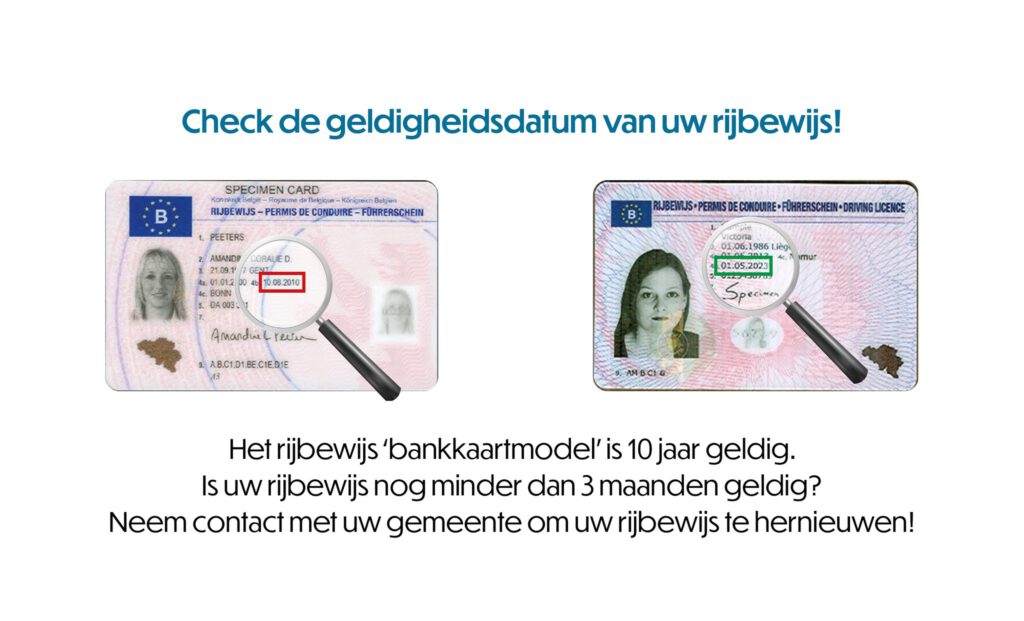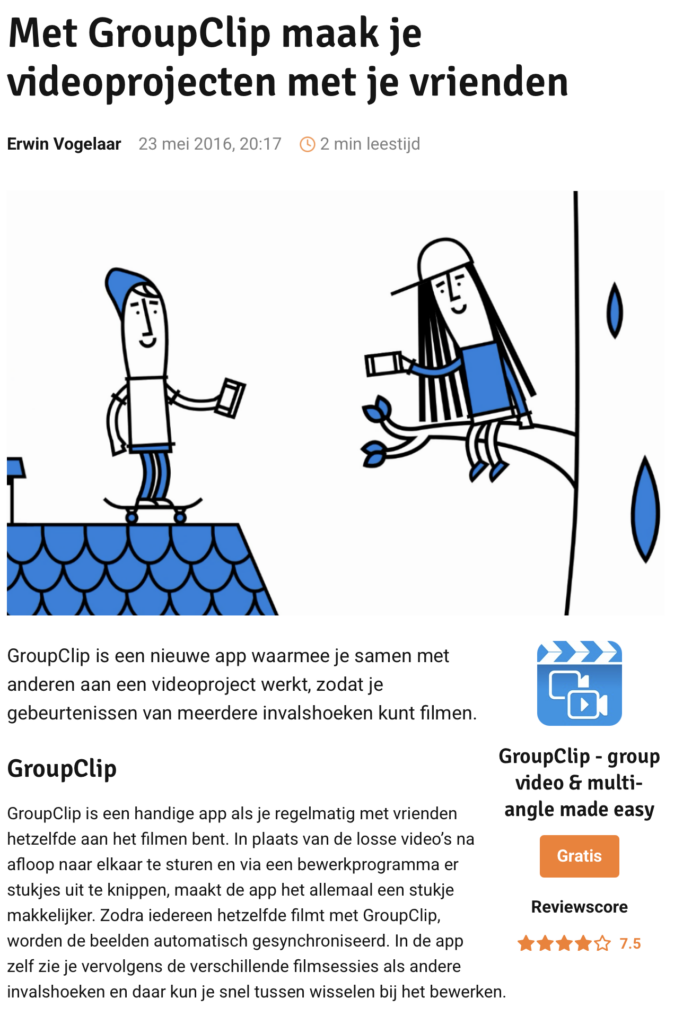About the name
Back in 2007, I was very interested in running. I had just finished my assistant running coach course, and I was preparing for the running coach certification. For this, I was reading a lot of books on running mechanics and physiology, and one of those books was “Running: Biomechanics and Exercise Physiology in Practice” (2005) by Frans Bosch and Ronald Klomp. In this book, they made a case for reactive running. Reactivity refers to the amount of energy that is reused to perform useful work, in this case, using the energy stored in muscles for running. I found the concept of reactivity symbolic of what I was about to do, reusing the energy I spent working for various consultancy agencies for the start of my freelance career. Hence, the name REactivity (and the most applicable name, TOP IT, was not available).
Timeline REactivity
Pre 2007: Software consultant
Working for various consultancy companies.
2007: Foundation
I felt I could deliver more value without working for a consultancy company.
2007-2009: Project Management
Focus on projectmanagement for large IT projects
2009-2016: Software engineering
Back to software engineering on business critical systems
2016-2018: Mobile Development
iOS app development as I liked the technology
2018-now: Data & AI
Fascinating and fast moving technology
Pre 2007: Software consultant
I started my career as a COBOL programmer for Ordina Finance. This was 1996, a couple of years before Y2K, so programmers were in high demand. I learned a lot in those early years working on large and business-critical software systems.
With no access to stack overflow and no copilots, most of what you learned came from the experienced programmers you worked with. This was also the time of waterfall development with its sequential flow of Information Analysis – Functional design – Technical design – Programming – (manual) Testing – Implementation – Operations.
Contrary to the current idea that waterfall projects all failed, most of them, at least the ones I worked on, were successful as the project managers had started as programmers and knew how to make their projects a success. Most companies still had a strict division between IT and business and within IT between development, support, and operations.
They were also the heydays of large-scale mainframe development. Even the mainframe-oriented businesses (Financial organizations/ large government organizations) started moving to (or at least looking at) client-server applications (where servers would often still be the mainframe) and web development.
2007: Foundation
Working for consultancy companies has its pros and cons. A definite pro is having colleagues with different expertise whom you can contact if you encounter some challenges you can’t solve by yourself. But by 2007, I struggled with the biggest con: the inherent tension in the consultant, consultancy company, and customer triangle.
In ideal circumstances, the interests of all three are aligned (as in: what is good for the customer, is good for the consultancy company, is good for the consultant). In practice, they are often not aligned: you want to move on, but the company wants you to stay (or the other way around), you want to focus on a new technology, but your company thinks that (given the market) you should stick with what you are doing. For me, the worst one is when the company wants you to push something to the customer, technology, or colleagues you know is not good for them.
Consultancy is based on trust; you’re helping your customers with whatever problems they are struggling with, and they turn to you for advice. The key is that they should be able to trust you fully and not wonder if your advice is good for them or good for the consultancy company. From the start of my freelance career, I liked the direct relationship you have with customers and the direct feedback loop that comes with it; I try to bring value to customers, and if I do, they keep contracting me. If, for whatever reason, we decide I don’t bring value anymore, the contract ends. It’s simple and it works for me.
2007-2009: Project Management
My first year and a half as a freelancer, I spent as a PRINCE 2 project manager.
This made sense at the time. The companies I worked for had many projects running; they still followed the Waterfall method. I had extensive experience in all phases of the development cycle, the necessary certifications, and consultancy experience, which added another value layer.
The projects were interesting and complex: legacy management and insourcing previously outsourced work. I thrived, learned, and fully enjoyed the work.
But, in late 2008 and early 2009, the financial crisis really hit.
The projects I worked on (and myself) had escaped the first rounds of budget cuts, but then a domino effect happened. So many projects were stopped that the internal project managers were left without work, and they had to move somewhere. So I got the choice: either become an internal PM or the contract will terminate. I chose the latter. Looking for another freelance PM role was useless; the crisis was so big that all companies just killed or paused the majority of their projects. That was my first, and biggest business lesson: be ready for a pivot (or in my case: a U-turn).
2009-2016: (Back to) Software engineering
While the demand for project managers dropped to zero, the demand for software engineering remained. At the time, going back to engineering felt like a career reversal, but I still liked software engineering, and companies liked my PM and consultancy experience. For most of these years, I worked for the Belgian government in Brussels, doing various engineering projects, where, as expected, my consultancy experience was invaluable. Looking back, I still consider the website and backend for the introduction of the new (plastic) model EU driver’s license as my proudest moment. We pulled it off with such a small team in complicated political circumstances.
While the financial crisis was over, the ripple effects were still noticeable in the market. Companies moved to agile development, causing the market for traditional project management to remain small. I got my ScrumMaster certification, but I didn’t like the role. After the complexities of my work in Belgium, the available Dutch projects felt simple and not satisfying. So, it was time to pivot again.
2016-2018: Mobile Development
In previous years, I had already looked at mobile development in my spare time, as I liked its versatility. However, Objective-C was not my thing, but then Apple introduced Swift as their new language for app development. It was, and still is, a very nice language to work with. So, after years of working on large-scale software engineering projects, I was up for something new, and app development seemed perfect.
The mobile world turned out to be challenging for several reasons;
- The enterprise market for app development was limited and focused on improving on what was already there. Not the kind of challenge I wanted.
- The startup market was still there, but people had no clue about the costs (“Can you build my massive and complex app on a budget of 1000 euros?”), or startups with shaky business models asked you to work for a share in their company (I chose the last one for GroupClip and missed out on a lot of money when it didn’t work out)
- In hindsight, the glory days of app development, when every idea involved ” let’s build an app for that,” were over.
While I liked (and still do) the fact that in app development, you can be involved in the whole life cycle, I also realized there was no business in it for me, at least not the kind of business I wanted. So, it was time to pivot again.
2018-now: Data, Machine learning & AI
One of my last mobile development projects was in KLM’s Digital Studio (which sadly does not exist anymore). This tech hub focuses on applying digital technologies like mobile apps, AR/VR, and machine learning in business processes. Having them all in one separate building encouraged us to see how they could be combined. One of the PoCs we did as a team was to incorporate image recognition and OCR in an experimental app workflow. So, when it was time to pivot again, I first thought about AT as the hardware was there (iPhones), the software was there, and KLM had shown me some interesting business applications. Yet I had my doubts about the wider acceptance of(which turned out to be real as AR is as small a field as it was then), and there was ML, which was creating a lot of buzz. I chose ML, and it turned out to be a good choice.
So here we are in 2005 withGenAI and Agents promising us (or threatening us, depending on your pov) a whole new way of working. We will see. I am as ready to pivot as I was in 2007.
